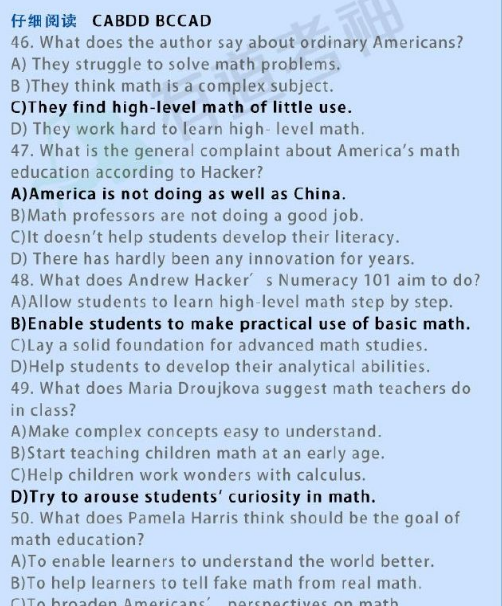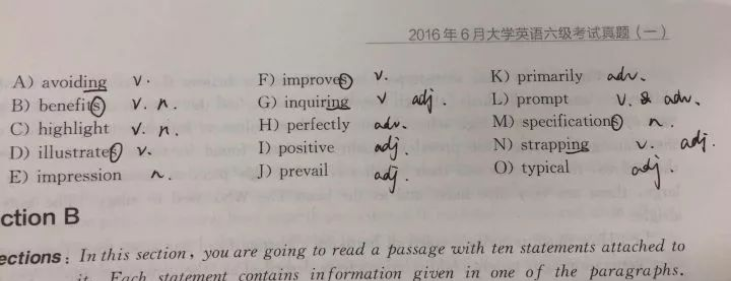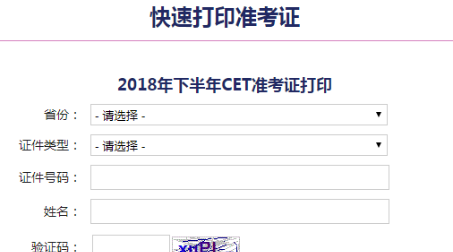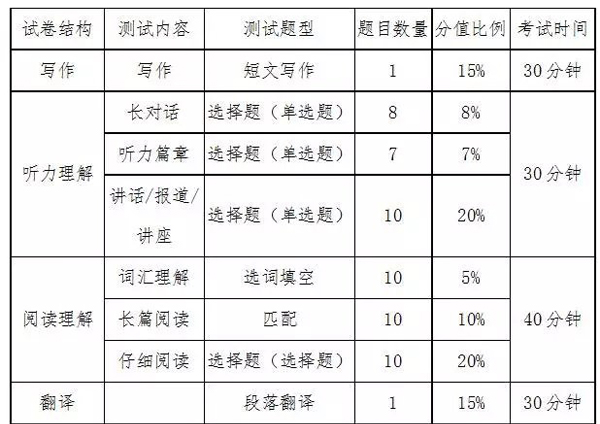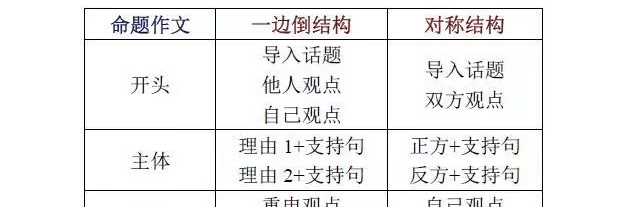|
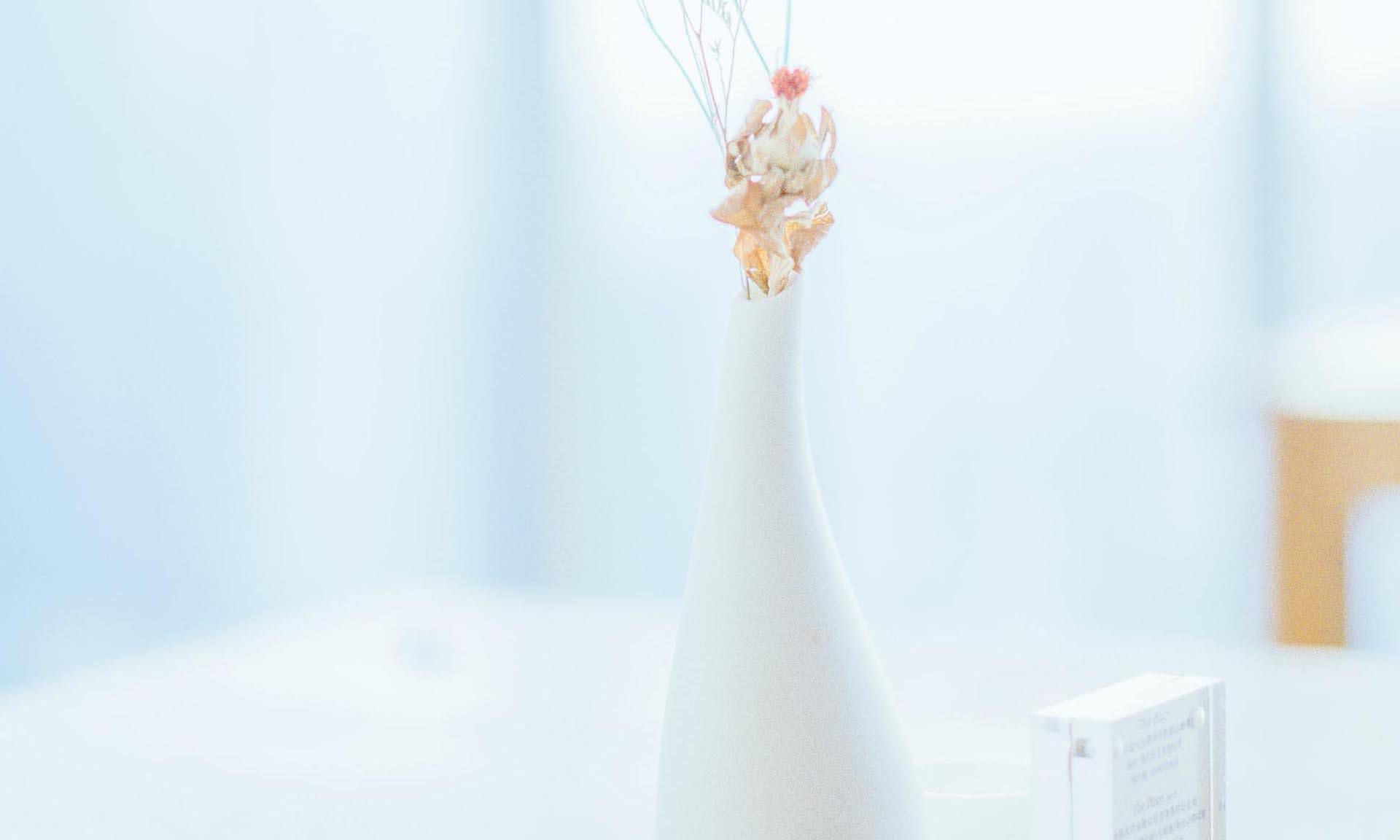
做题引导
①阅读并完成题目只是第一步,做完之后一定要认真评读解析,尤其要学会理解、分析错误选项错误的原因,思考今后如何避免在做错的地方再犯错。
②重点词汇、难句译注根据自己的实际情况去掌握。
③时间充足的话,还可拿原文来做翻译和长难句的练习。 原文阅读
One of the most important social developments that helped to make possible a shift in thinking about the role of public education was the effect of the baby boom of the 1950s and 1960s on the schools. In the 1920s, but especially in the Depression conditions of the 1930s, the United States experienced a declining birth rate—every thousand women aged fifteen to forty-four gave birth to about 118 live children in 1920, 89.2 in 1930, 75.8 in 1936, and 80 in 1940. With the growing prosperity brought on by the Second World War and the economic boom that followed it, young people married and established households earlier and began to raise larger families than had their predecessors during the Depression. Birth rates rose to 102 per thousand in 1946, 106.2 in 1950, and 118 in 1955. Although economics was probably the most important determinant, it is not the only explanation for the baby boom. The increased value placed on the idea of the family also helps to explain this rise in birth rates.The baby boomers began streaming into the first grade by the mid-1940s and became a flood by 1950. The public school system suddenly found itself overtaxed. While the number of schoolchildren rose because of wartime and postwar conditions, these same conditions made the schools even less prepared to cope with the flood. The wartime economy meant that few new schools were built between 1940 and 1945. Moreover, during the war and in the boom times that followed, large numbers of teachers left their profession for better-paying jobs elsewhere in the economy. Therefore, in the 1950s and 1960s, the baby boom hit an antiquated and inadequate school system. Consequently, the “custodial rhetoric” of the 1930s and early 1940s no longer made sense; that is, keeping youths aged sixteen and older out of the labor market by keeping them in school could no longer be a high priority for an institution unable to find space and staff to teach younger children aged five to sixteen. With the baby boom, the focus of educators and of laymen interested in education inevitably turned toward the lower grades and back to basic academic skills and discipline. The system no longer had much interest in offering nontraditional, new, and extra services to older youths. 1. What does the passage mainly discuss?
[A] The teaching profession during the baby boom.
[B] Birth rates in the United States in the 1930s and 1940s.
[C] The impact of the baby boom on public education.
[D] The role of the family in the 1950s and 1960s. 2. The public schools of the 1950s and 1960s faced all of the following problems EXCEPT____.
[A] a declining number of students
[B] old-fashioned facilities
[C] a shortage of teachers
[D] an inadequate number of school buildings 3. According to the passage,why did teachers leave the teaching profession after the outbreak of the war?
[A]They needed to be retrained.
[B]They were dissatisfied with the curriculum.
[C]Other jobs provided higher salaries.
[D]Teaching positions were scarce. 4. The“custodial rhetoric”mentioned in the last paragraph refers to____.
[A] raising a family
[B] keeping older individuals in school
[C] running an orderly household
[D] maintaining discipline in the classroom 5. Where in the passage does the author refer to the attitude of Americans toward raising a family in the 1950s and 1960s?
[A]Lines 1~3
[B]Lines 9~10
[C]Lines 20~21
[D]Lines 24~26 核心词汇
prosperity n.繁荣
cope vi.应付,处理
consequently adv.从而,因此
priority n.优先权
staff n.全体职员
laymann.外行
discipline n.学科,纪律
Profession n.职业
institution n.公共机构
academic n.学院的,理论的 参考答案
1.A 细节题。由题干关键词babyboom定位文章第一段倒数第二句,该句提到…economics was probably the most impoItant deterrninant.一可知,经济的繁荣导致了baby boom,故选A. 2.C 细节题。由题干关键词t11e.teaching profession定位第二段最后一句…teac】3ers leR their professionforbettei‘-payingjobs…(很多老师为了高薪离开了教师岗位),由此可推断出答案应为C. 3.B 语义题。由题干关键词custodial rJaetoric定位文章第三段,第二句说到,三四十年代custodial rhetoric不再合理,该句中that is后就是custodial dletorjc的内容,即keeping youths aged sixteen antl older out oftlle lal)or mar-ket by keeping t】aem in scla00l,选项B正是该句的同义转述,故为答案。 4.B 推断题。作者在第三段首句提到生育高峰冲击了学校体系,可排除A;最后一段提到教育者的焦点也转向了低年级,转回到了基本的学术技能和学科上,而对向年龄较大的年轻人提供非传统的、新式的和额外的服务不再抱有太多的兴趣,言外之意,在生育高峰之前教育者的焦点不在基本的学术技能和学科上,故排除c,D与文意正好相反,只有B符合文意。 5.C 主旨题。本题针对文章的大意。文章开篇作者就点明了主题“促使人们在对公共教育的作用的思考上发生转变的最重要的社会状况之一,就是20世纪50年代和60年代生育高峰对学校的影响”。由此可见,本文的主旨应为C. 原文翻译
促使人们在对公共教育之作用的思考上发生转变的最重要的社会状况之一就是,20世纪50年代和60年代生育高峰对学校的影响。在20世纪20年代,尤其是在30年代经济大萧条的情况下,美国经历了一次出生率的降低——在1920年,每1,000名15~44岁的妇女生育了大约118个婴儿,1930年为89.2个,1936年为75.8个,到了1940年为80个。随着第二次世界大战以及其后的经济复苏所引发的日益发展和繁荣的景象,年轻人提前结婚成家,开始比他们处于大萧条时代的前辈们供养更大的家庭。出生率在1946年增长到102%,1950年为106.2%,1955年为118%尽管经济因素很可能是最重要的决定因素,但它并非是对生育高峰的惟一解释。人们家庭观念的增强也有助于解释这种出生率的升高。 在生育高峰中出生的一代到20世纪40年代中期开始涌入学校一年级,到1950年呈泛滥之势。公共学校体系突然发现自己负荷过重。战时和战后状况一方面使得入学儿童数量增多,但同样的状况却使学校在应对如洪水般的入学儿童方面缺乏准备。战时的经济状况意味着在1940年和1945年间新建学校的数量微乎其微。此外,在战时以及在随后的经济繁荣时期。,大量教师离开了教职,到经济体系中的其他领域寻求报酬更优厚的工作。因此,在20世纪50年代和60年代,生育高峰冲击了一个陈旧且不完整的学校体系。其结果是,20世纪30年代和40年代早期的“监护之说”开始失去意义;也就是说,因为教育机构无法为年龄在5~16岁的儿童提供学习所需的空间和教员,因此,让那些年龄在16岁及其以上的孩子待在学校以使他们处于劳动力市场之外,不再是一个优先的选择。 在生育高峰的冲击下,教育者和对教育感兴趣的外行所关注的焦点不可避免地转向了低年级,转回到了基本的学术技能和学科上。这一体系对于向年龄较大的年轻人提供非传统的、新式的和额外的服务不再抱有太多的兴趣。 | 


